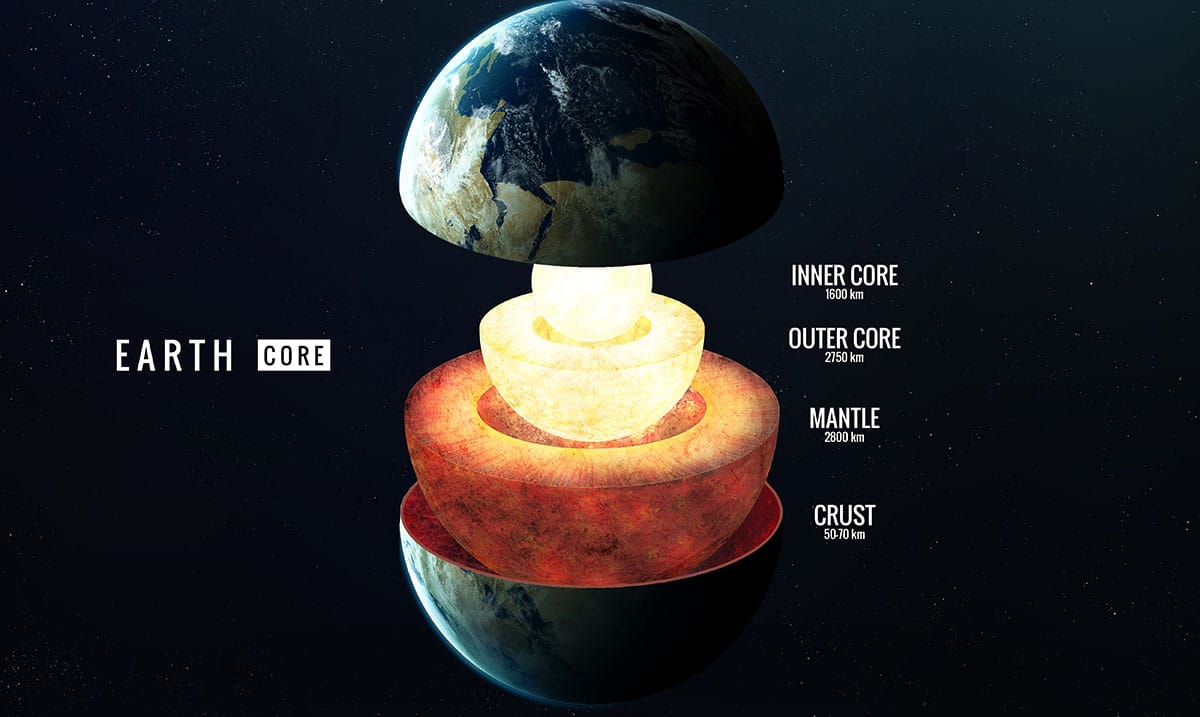Our planet is a giant mystery, composed of many elements, including an inner core. This core, NASA says, is composed of nearly entirely pure iron.
For quite some time, the core has spun along with our planet, however, as of late, it has stopped spinning.
Outside the inner core is a liquid outer core that allows for our magnetic field. As the molten iron and nickel in the outer core move, it creates an electrical current that provides a magnetic field. While scientists do not necessarily track the core, they can analyze the seismic waves that are caused by Earthquakes and Cold War-era nuclear weapon tests, as they find their way to the core.
In a recent study, that is exactly what Yi Yang and Xiadong Song, seismologists from Peking University in Beijing, set out to do. “There are two major forces acting on the inner core,” told Vice.
“One is the electromagnetic force. The Earth’s magnetic field is generated by fluid motion in the outer core. The magnetic field acting on the metallic inner core is expected to drive the inner core to rotate by electromagnetic coupling. The other is gravity force. The mantle and inner core are both highly heterogeneous, so the gravity between their structures tends to drag the inner core to the position of gravitational equilibrium, so-called gravitational coupling.”
“If the two forces are not balanced out, the inner core will accelerate or decelerate,” they added. “Both the magnetic field and the Earth’s rotation have a strong periodicity of 60-70 years. We believe that the proposed 70-year oscillation of the inner core is driven by the electromagnetic and gravitational forces.”
Song has worked for quite a long time to understand the inner core by looking at seismic wave activity. He worked with a team that first reported evidence of the inner core rotation back in 1996. Since that time, though, the origin of temporal changes has been widely debated.
“Some researchers are still arguing that the temporal changes do not come from the inner-core rotation, but from localized deformation at the inner core boundary,” Yang and Song said. And their new study was to help them gather data and understand what happens over longer durations.
They assert that while the changes are valid, they may not exactly know what is happening.
“No matter which model you like, there are some data that disagrees with it,” John Vidale a professor of Earth Sciences told the Hill. So, for now, we will have to keep digging.

